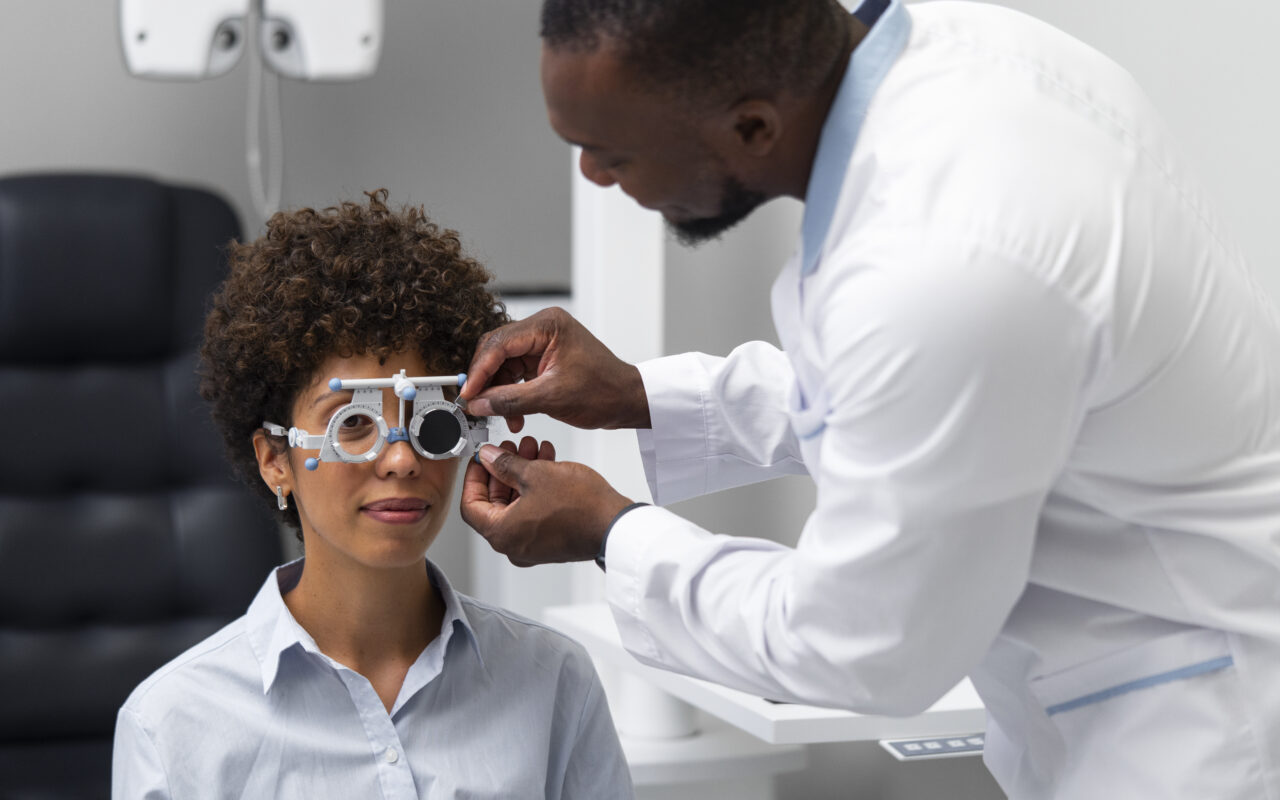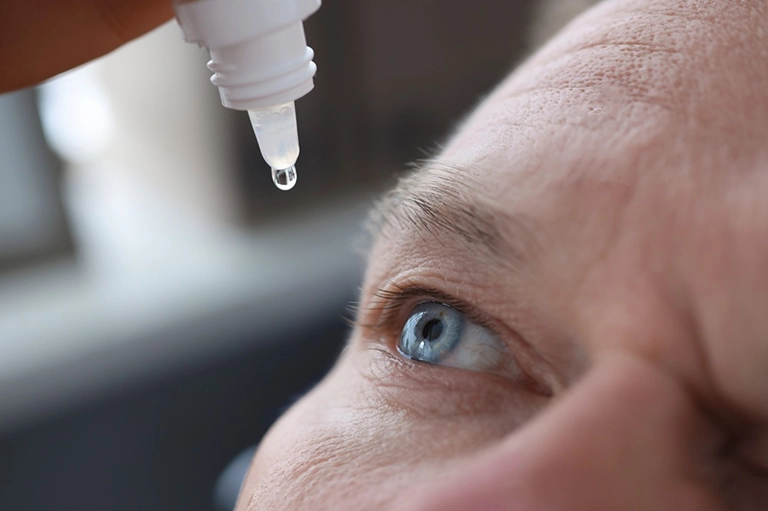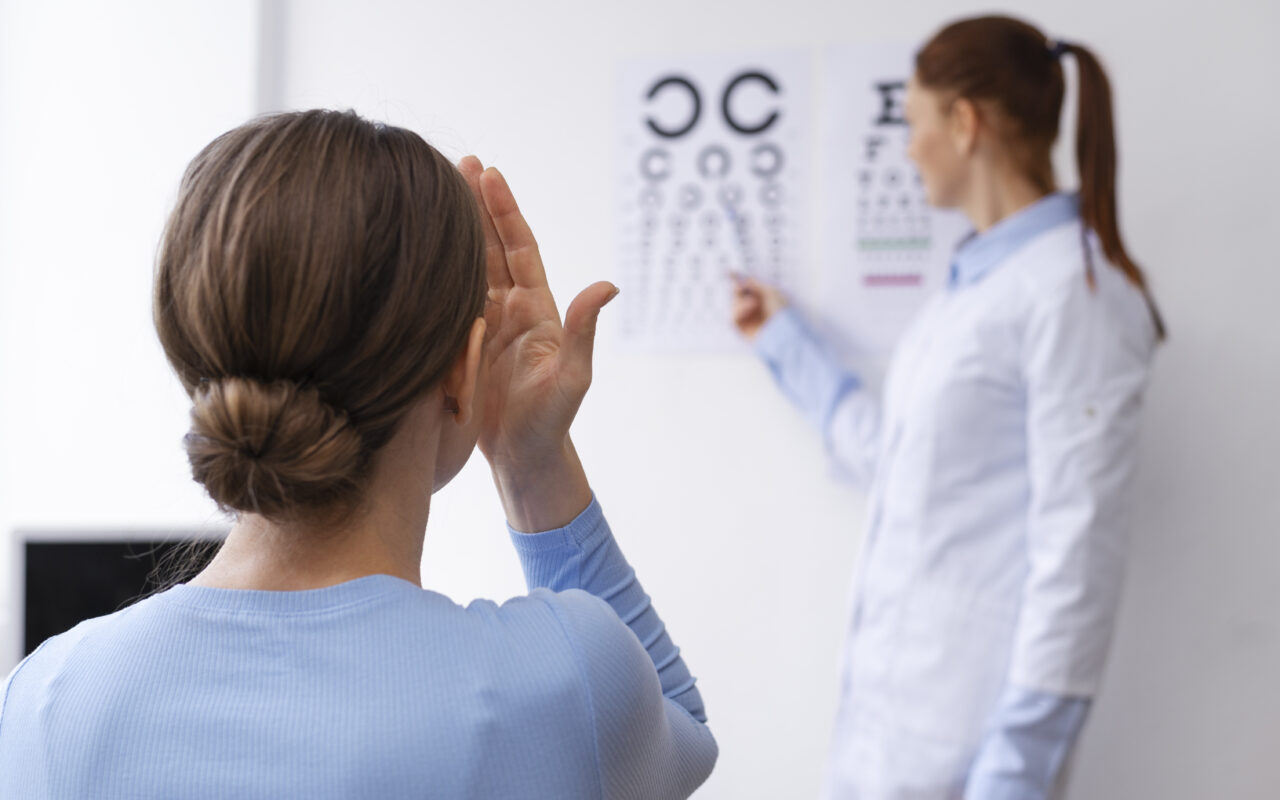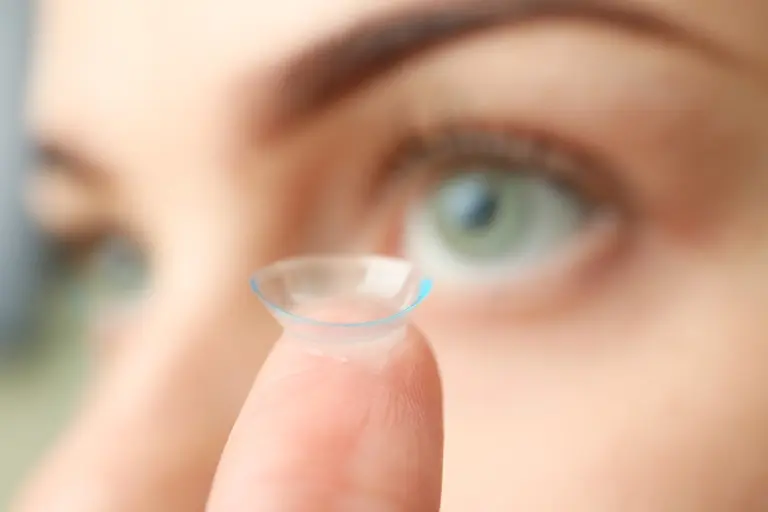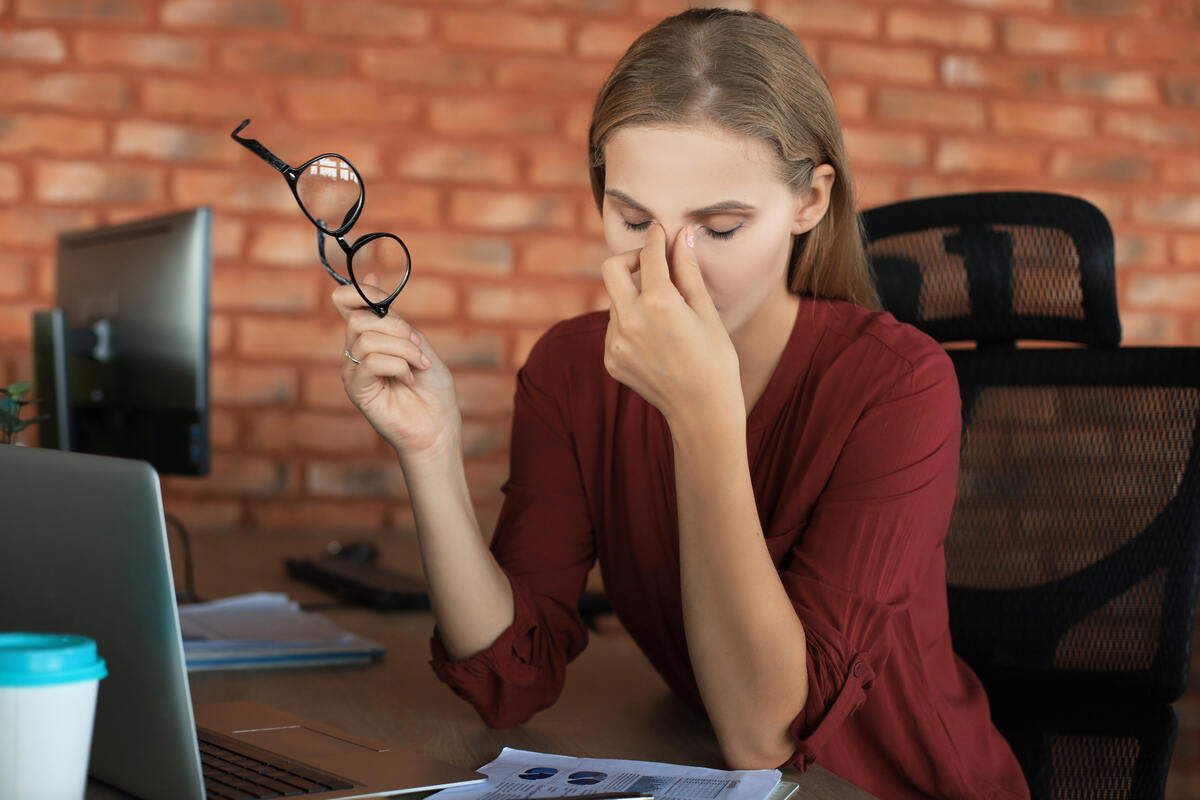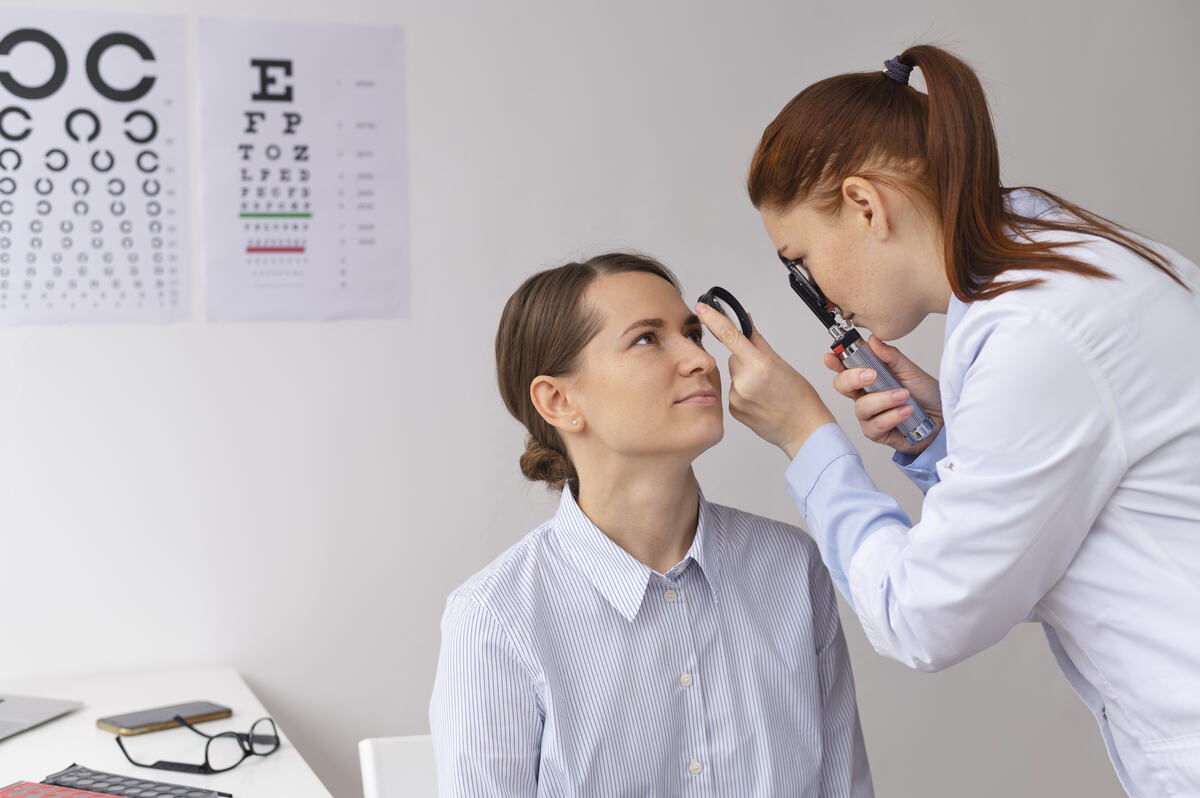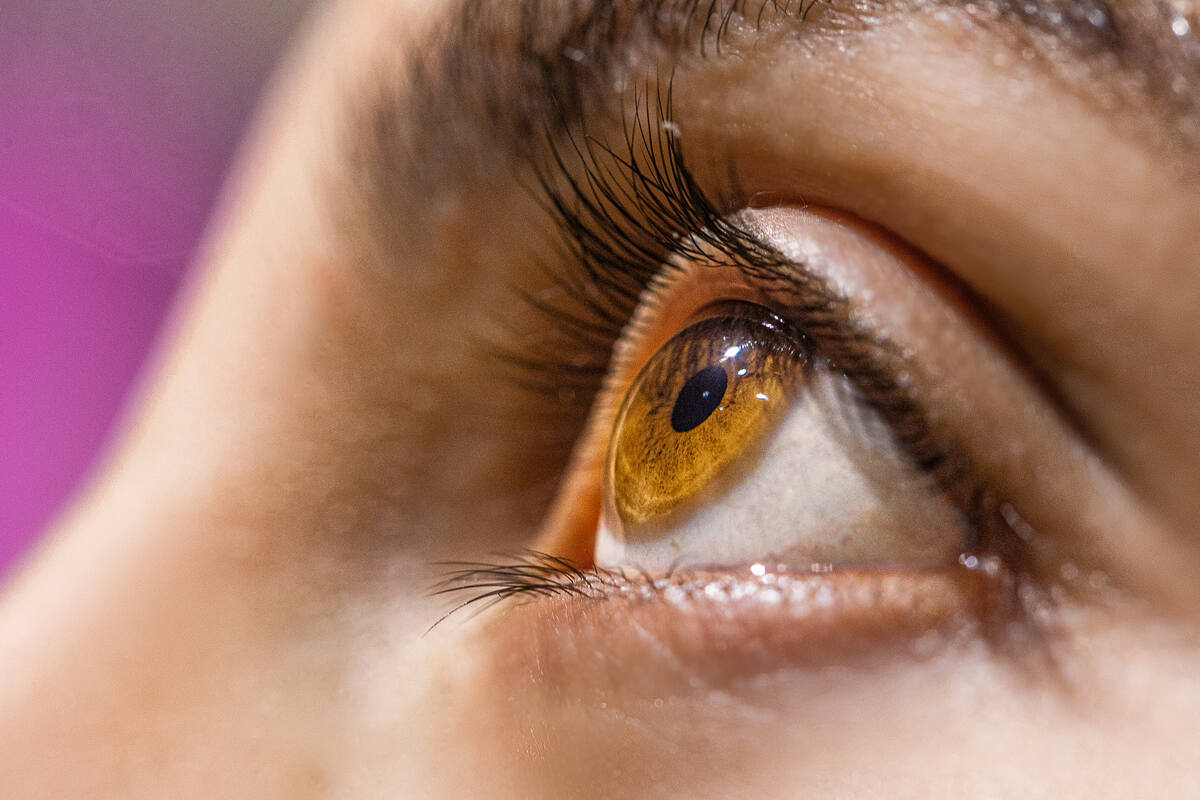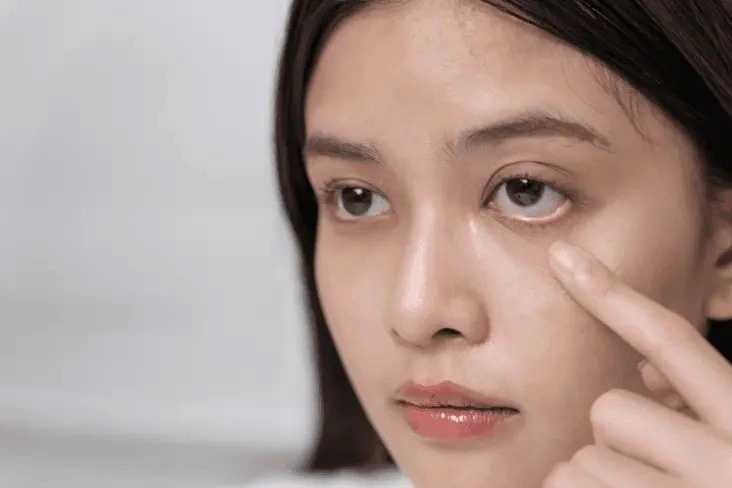
Eye Allergies: Causes, Symptoms, Triggers, and Treatment.
If your eyes often feel itchy, red, or watery, you may be dealing with eye allergies. Also known as allergic conjunctivitis, this common condition occurs when your eyes react to allergens like pollen, dust, pet dander, or mold. The immune system’s response to these triggers causes inflammation and discomfort, making everyday life frustrating for many people.
What Are Eye Allergies?
Eye allergies happen when the eyes identify harmless substances as threats. This reaction releases histamines, leading to symptoms such as itching, redness, tearing, and swelling. While not usually serious, eye allergies can be uncomfortable and may worsen during allergy seasons or with frequent allergen exposure.
What Are the Symptoms of Eye Allergies?
Eye allergies can cause a range of uncomfortable symptoms that often appear suddenly when you’re exposed to allergens. These symptoms may affect one or both eyes and vary from mild irritation to intense discomfort. Recognizing them early can help you manage your allergies more effectively.
Common Symptoms of an Eye Allergy
- Itching: The most common symptom, causing a strong urge to rub your eyes.
- Redness: Blood vessels in the eyes swell, making them appear red or irritated.
- Watery or Tearing Eyes: Excessive tear production as your eyes try to flush out allergens.
- Swollen Eyelids: Puffiness around the eyes due to inflammation or rubbing.
- Burning Sensation: A mild stinging or burning feeling, often triggered by allergens or dryness.
Less Common or Severe Symptoms of Eye Allergies
- Sensitivity to Light: Eyes may become more sensitive to bright light, causing discomfort outdoors or under glare.
- Blurred Vision: Excessive tearing or inflammation can make your vision appear hazy or unclear.
- Allergic Shiners: Dark circles may form under the eyes due to congestion and inflammation.
- Stringy Discharge: A thick, mucus-like discharge may appear, especially in more severe allergy cases.
What are the Causes of an Eye Allergy?
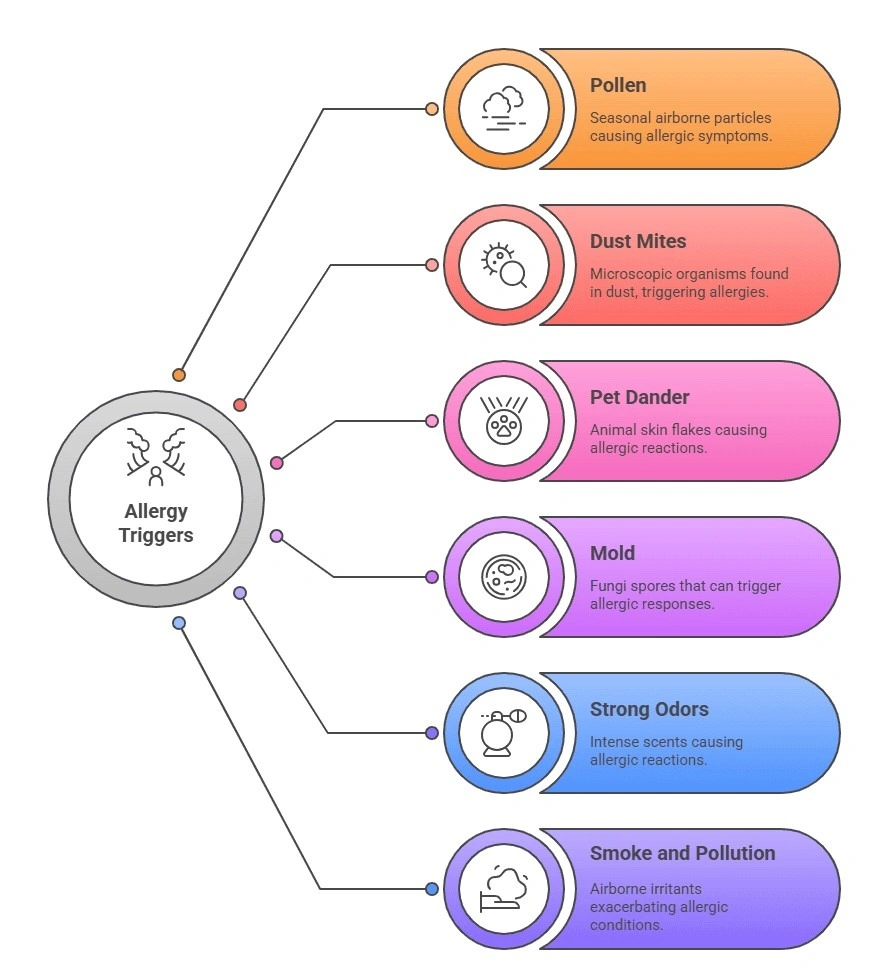
Eye allergies occur when the body’s immune system reacts to normally harmless substances, treating them as threats. These triggers, known as allergens, can be found both indoors and outdoors. When they come into contact with your eyes, they cause irritation, redness, and itching. Here are some of the most common causes:
- Pollen (Seasonal Trigger): Trees, grasses, and weeds release pollen that can irritate your eyes, especially during spring and fall.
- Dust Mites: Tiny bugs that live in bedding, upholstery, and carpets often trigger year-round eye allergies.
- Pet Dander: Proteins found in the skin flakes, saliva, and fur of cats or dogs can cause allergic reactions.
- Mold: Spores from mold thrive in damp areas and can trigger eye irritation indoors or outdoors.
- Smoke and Pollution: Cigarette smoke and air pollutants can worsen allergy symptoms and increase eye dryness.
- Strong Odors, Perfumes, or Chemical Irritants: Certain fragrances, cleaning products, or fumes can irritate sensitive eyes and trigger allergic reactions.
What are the Types of Eye Allergies?
Eye allergies come in several forms. Each type has different triggers, severity, and symptoms. Here are the main ones you should know:
- Seasonal Allergic Conjunctivitis (SAC): The most common type, flaring up when pollen counts are high. Symptoms like itching, redness, and tearing often appear in spring, summer, or fall.
- Perennial Allergic Conjunctivitis (PAC): Happens year-round. It’s usually milder than SAC and triggered by indoor allergens like dust mites, pet dander, or mold.
- Vernal Keratoconjunctivitis (VKC): A more serious and chronic form. It often affects children and young adults, with intense itching, thick mucus, and sensitivity to light. If untreated, it can even affect the cornea.
- Atopic Keratoconjunctivitis (AKC): A long-term allergy linked with conditions like eczema or asthma. It causes redness, burning, heavy discharge and can lead to corneal damage if severe.
- Giant Papillary Conjunctivitis (GPC): Often seen in contact lens wearers. The inside of the eyelid develops large bumps (papillae), causing discomfort, tearing, and poor tolerance for lenses.
While there are several types of eye allergies, their symptoms can sometimes resemble other eye conditions, especially conjunctivitis, commonly known as pink eye. Many people mistake one for the other, but they have different causes and need different treatments. Let’s look at how to tell the difference between eye allergies and pink eye.
What Is Pink Eye (Conjunctivitis)?
Pink eye, or conjunctivitis, is an inflammation of the thin, clear tissue covering the white part of your eye and inner eyelids. It can be caused by viruses, bacteria, allergens, or irritants. The condition often leads to redness, itching, and discharge, making the eyes appear pink or swollen. Unlike allergies, infectious pink eye can spread easily from person to person.
Eye Allergies vs. Pink Eye (Conjunctivitis)
Although eye allergies and pink eye share similar symptoms, their causes and treatments are very different. Here’s a quick comparison to help you tell them apart:
| Feature | Eye Allergies | Pink Eye (Conjunctivitis) |
|---|---|---|
| Cause | Triggered by allergens like pollen, dust, pet dander, mold, smoke, or perfumes | Caused by viral or bacterial infections, or sometimes by irritants |
| Onset | Usually seasonal or after exposure to allergens | Sudden onset, often after contact with an infected person |
| Eye Involvement | Typically affects both eyes at the same time | Often starts in one eye and can spread to the other |
| Discharge | Watery, clear tears | Thick yellow/green discharge (bacterial) or watery with mucus (viral) |
| Itching | Intense itching is the hallmark symptom | Itching is mild or absent; more of a burning or gritty feeling |
| Redness & Swelling | Redness with swollen, puffy eyelids | Redness with swelling, sometimes more pronounced |
| Contagious? | Not contagious | Highly contagious (viral and bacterial forms) |
| Other Symptoms | Sneezing or nasal allergies may occur alongside | Crusting of eyelids and sticky lashes, especially in the morning |
| Treatment | Antihistamine drops, avoiding allergens, and cold compresses | Depends on cause: viral → supportive care; bacterial → antibiotic drops |
Also Read: Pink Eye vs. Stye – What’s the Difference?
Why It’s Important to Get the Right Diagnosis?
Eye allergies can look a lot like other eye conditions, especially infections such as pink eye. Getting the right diagnosis ensures you receive the proper treatment and avoid unnecessary medications or complications.
During an eye exam, your doctor will review your medical history, check your eyes for signs of inflammation, and may perform allergy tests to identify specific triggers. This helps confirm whether your symptoms are caused by allergens or an infection. Differentiating between the two is crucial, since infections require medical treatment, while allergies are best managed by avoiding triggers and using antihistamine or anti-allergy eye drops.
What Is the Treatment for Eye Allergies?
The best way to manage eye allergies is to reduce exposure to allergens and ease symptoms with proper care. Depending on the severity of your symptoms, your eye doctor may recommend home remedies, over-the-counter solutions, or prescription treatments.
-

Lifestyle & Home Remedies
Simple changes in your daily routine can help minimize allergy flare-ups:
- Avoid allergens like pollen, pet dander, and dust whenever possible.
- Apply cold compresses to reduce itching and swelling.
- Use artificial tears to rinse away allergens and soothe irritation.
- Wear sunglasses outdoors to protect your eyes from pollen and wind.
- Wash your hands and face frequently to remove allergens.
- Consider using air purifiers at home to reduce indoor irritants.
-

Over-the-Counter Options
Mild symptoms can often be managed with OTC eye drops, such as lubricating drops (artificial tears) or antihistamine/decongestant drops. These help relieve redness, itching, and watering. However, decongestant drops should only be used for a few days to avoid rebound redness.
-

Prescription Treatments
If your symptoms are persistent or severe, your doctor may prescribe stronger antihistamine or mast cell stabilizer drops to control inflammation. In some cases, short-term corticosteroid drops may be used for more serious reactions. For chronic allergies, allergy shots (immunotherapy) can help your body build tolerance to allergens over time.
When to See an Eye Doctor?
Most eye allergy symptoms are mild and can be managed at home, but it’s important to see an eye doctor if you experience severe pain, blurred vision, or persistent redness that doesn’t improve with basic care. These could be signs of a more serious condition or infection.
If you’re unsure whether your symptoms are caused by pink eye or allergies, it’s best to schedule a professional eye exam. Your doctor can identify the exact cause and recommend the safest and most effective treatment for lasting relief.
Eye allergies are common, but with the right care and diagnosis, they can be easily managed. Understanding your triggers, practicing good eye hygiene, and using the right treatments can go a long way in keeping your eyes comfortable and healthy. If your symptoms persist or you’re unsure whether it’s allergies or pink eye, scheduling an eye exam with a qualified doctor is the best way to protect your vision and find lasting relief.
Protect your vision and find lasting relief with expert eye care from our professional eye doctors in Chestnut & Fresno, CA, at InSight Vision Center
Frequently Asked Questions About Eye Allergies
Key Takeaways
- Eye allergies (allergic conjunctivitis) cause itching, redness, tearing, and swelling.
- Common triggers include pollen, dust mites, pet dander, mold, smoke, and perfumes.
- There are several types of eye allergies, ranging from mild seasonal ones to more chronic forms.
- Eye allergies and pink eye share similar symptoms but need different treatments.
- Proper diagnosis through an eye exam helps identify the exact cause.
- Cold compresses, artificial tears, and antihistamine drops can relieve symptoms.
- Avoid allergens, keep good hygiene, and consult an eye doctor for persistent or severe symptoms.

Dr. Azhar I. Salahuddin is an ophthalmologist and is fellowship-trained in cornea, external diseases, and refractive surgery. Dr. Salahuddin has been performing cataract surgery for over 19 years and specializes ocular reconstruction, corneal transplantation surgery as well as vision correction through a variety of intraocular lenses. Dr. Salahuddin is board-certified by the American Board of Ophthalmology and was trained at Boston University.

